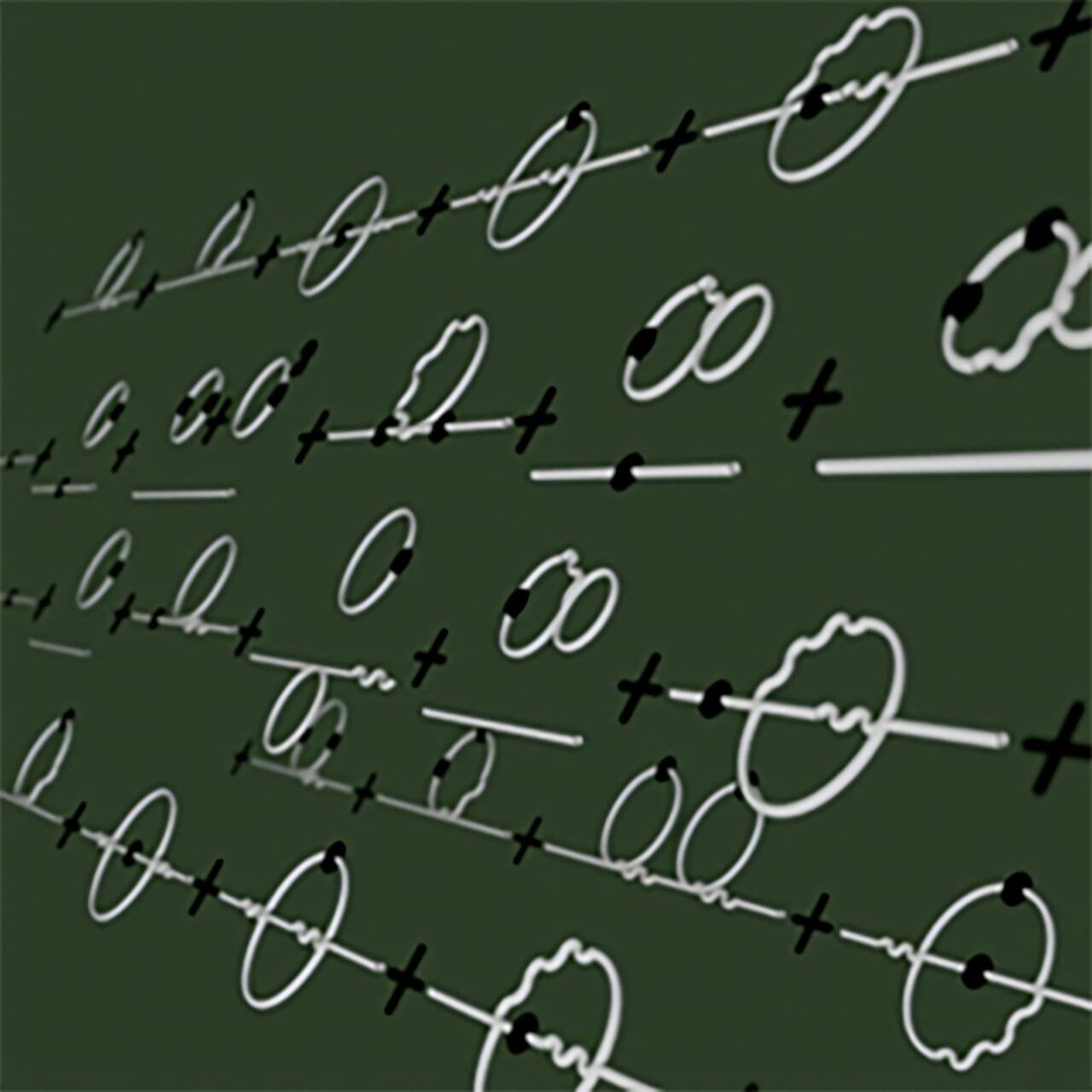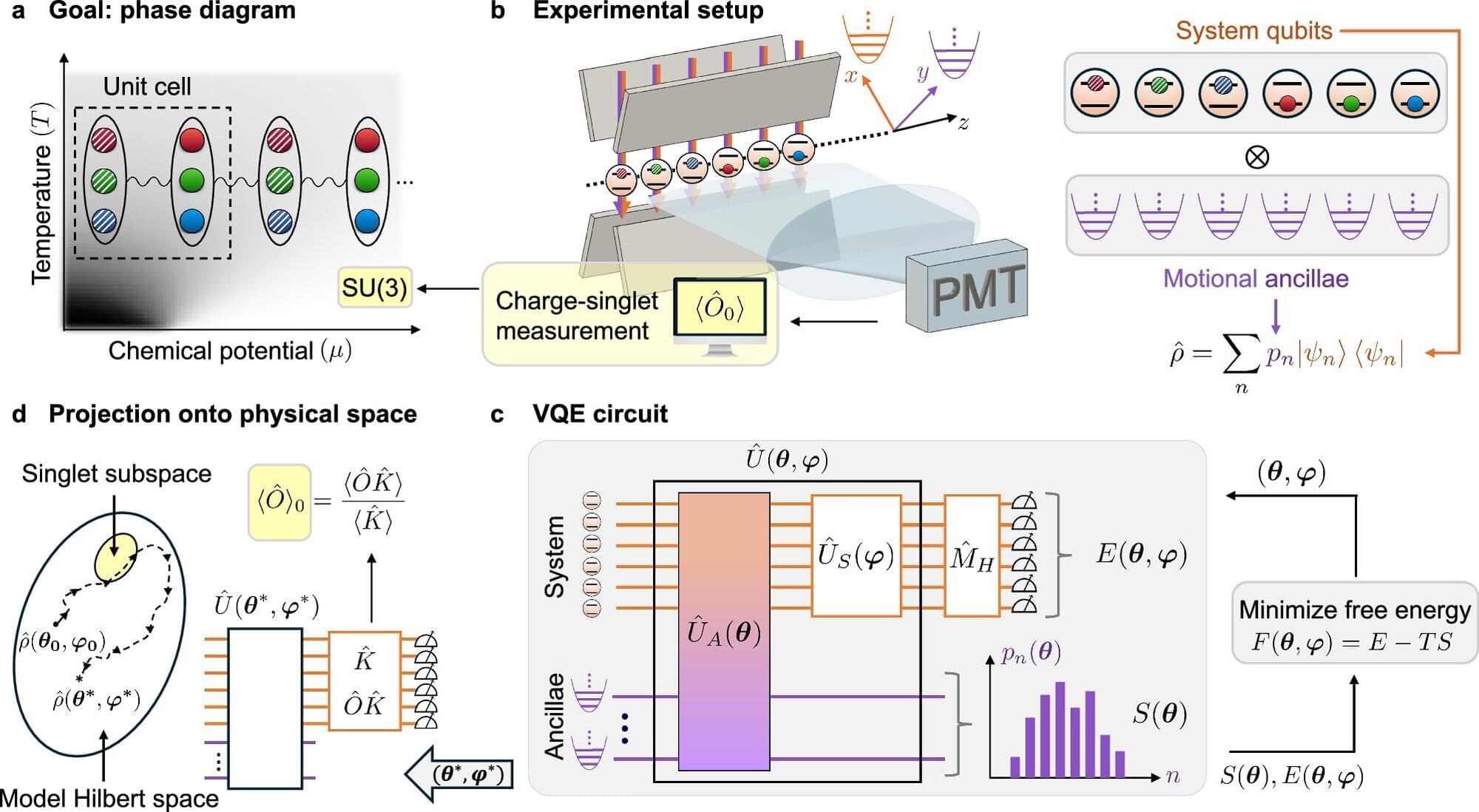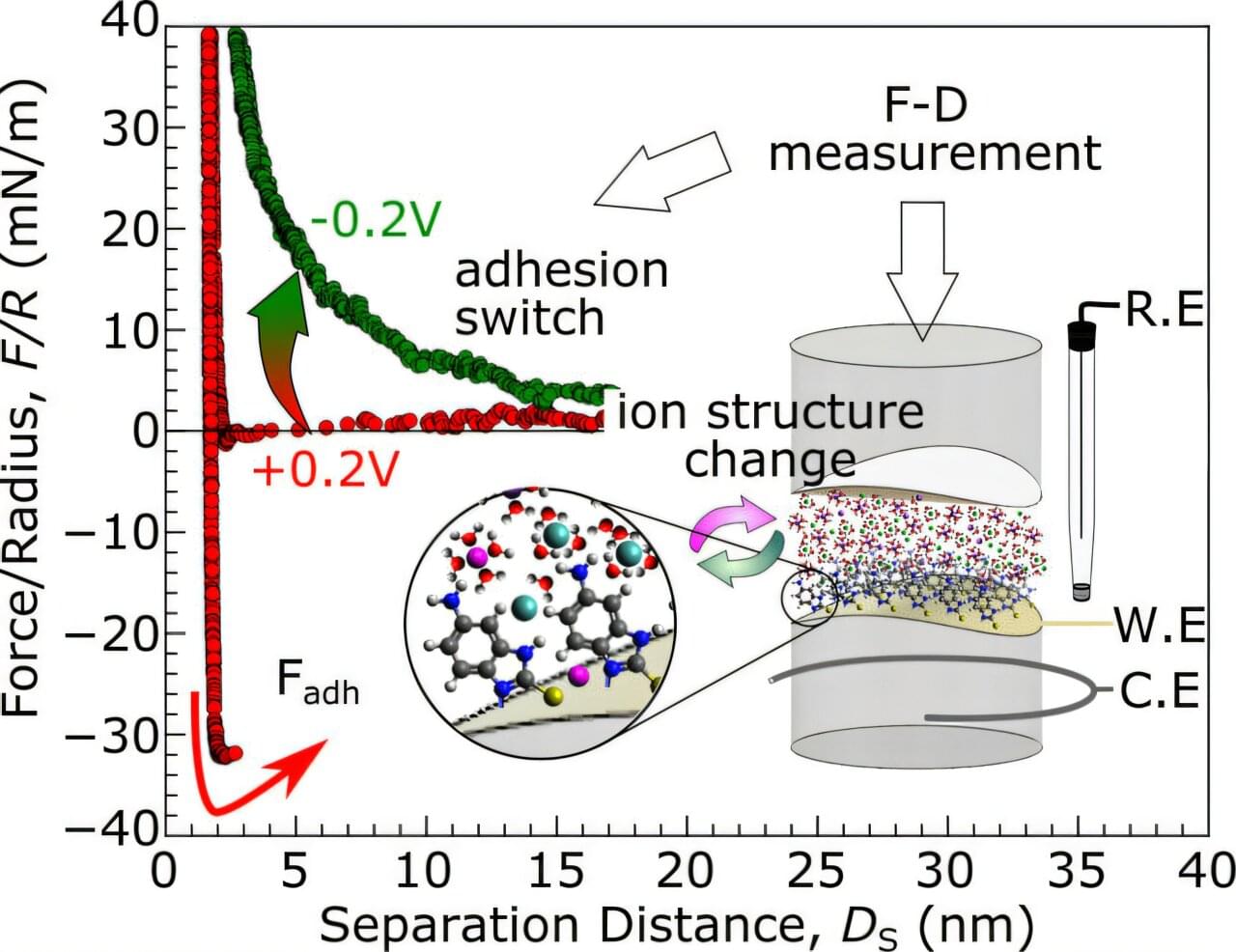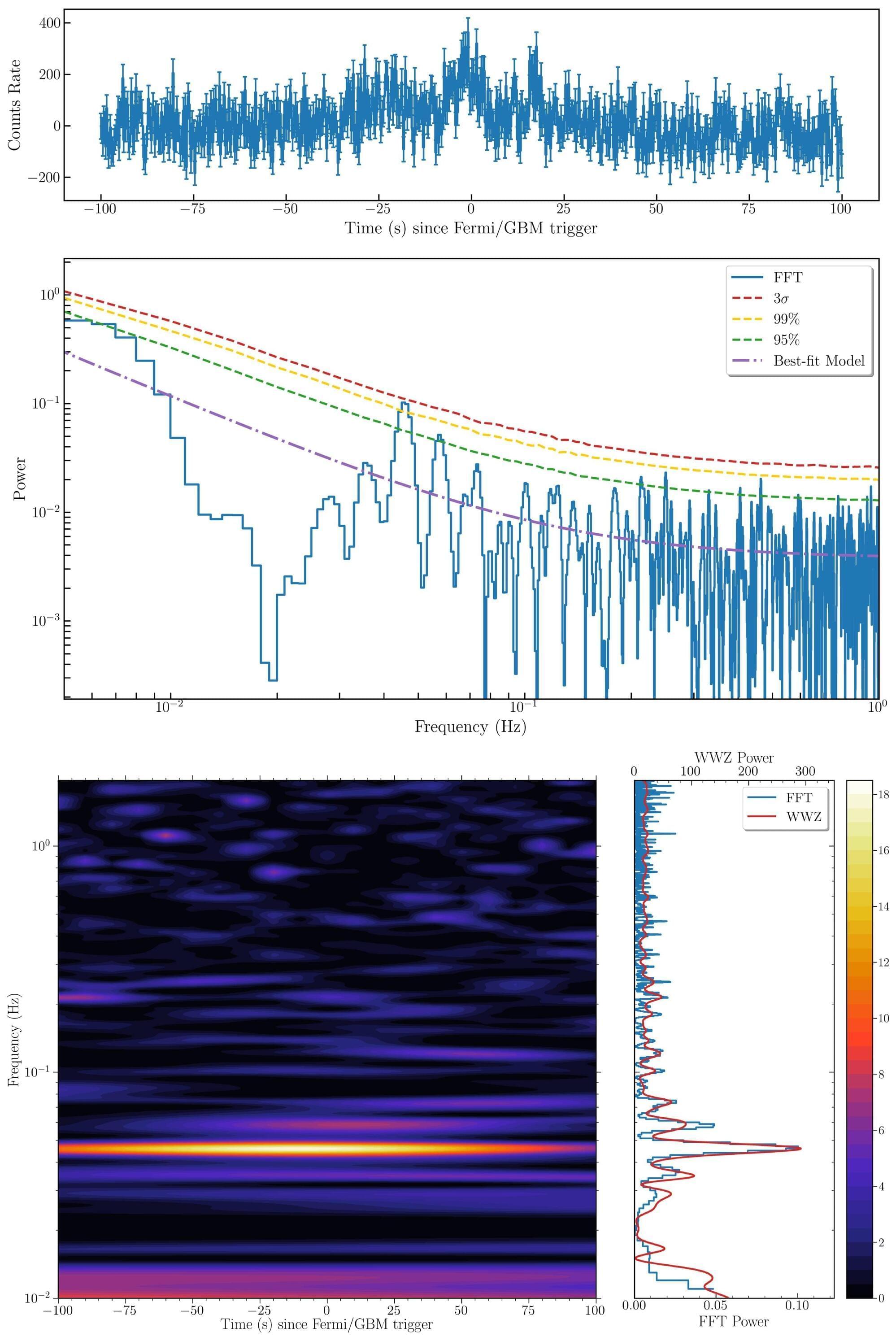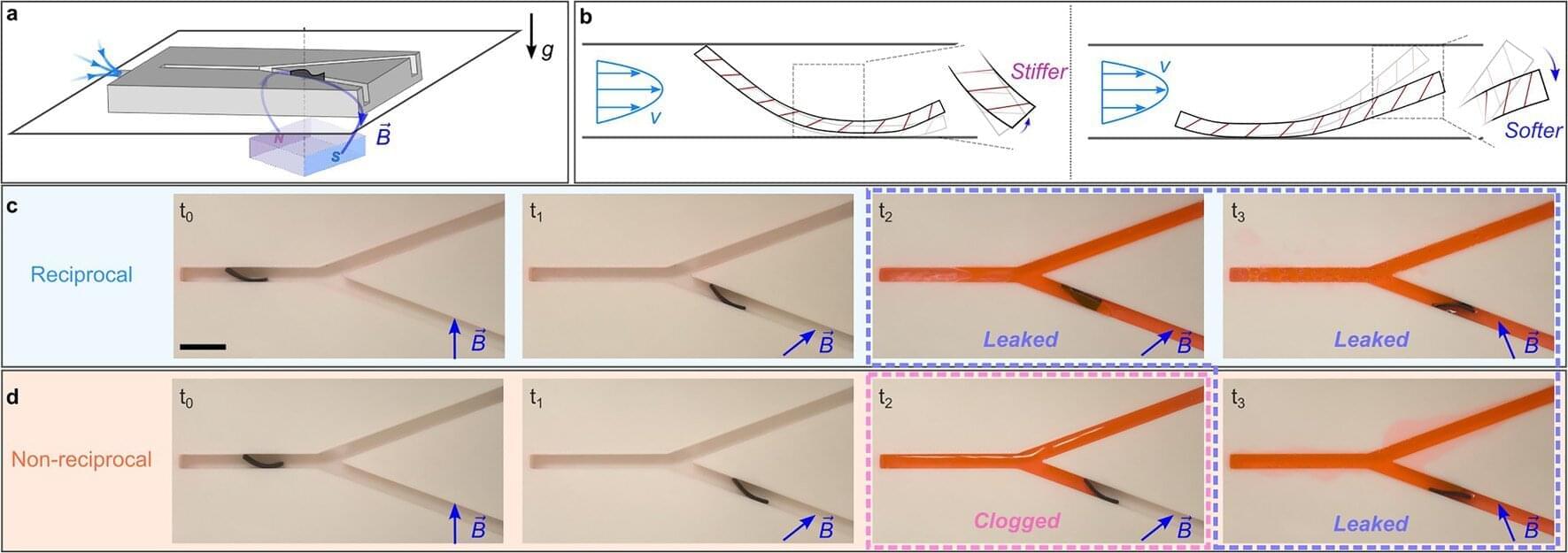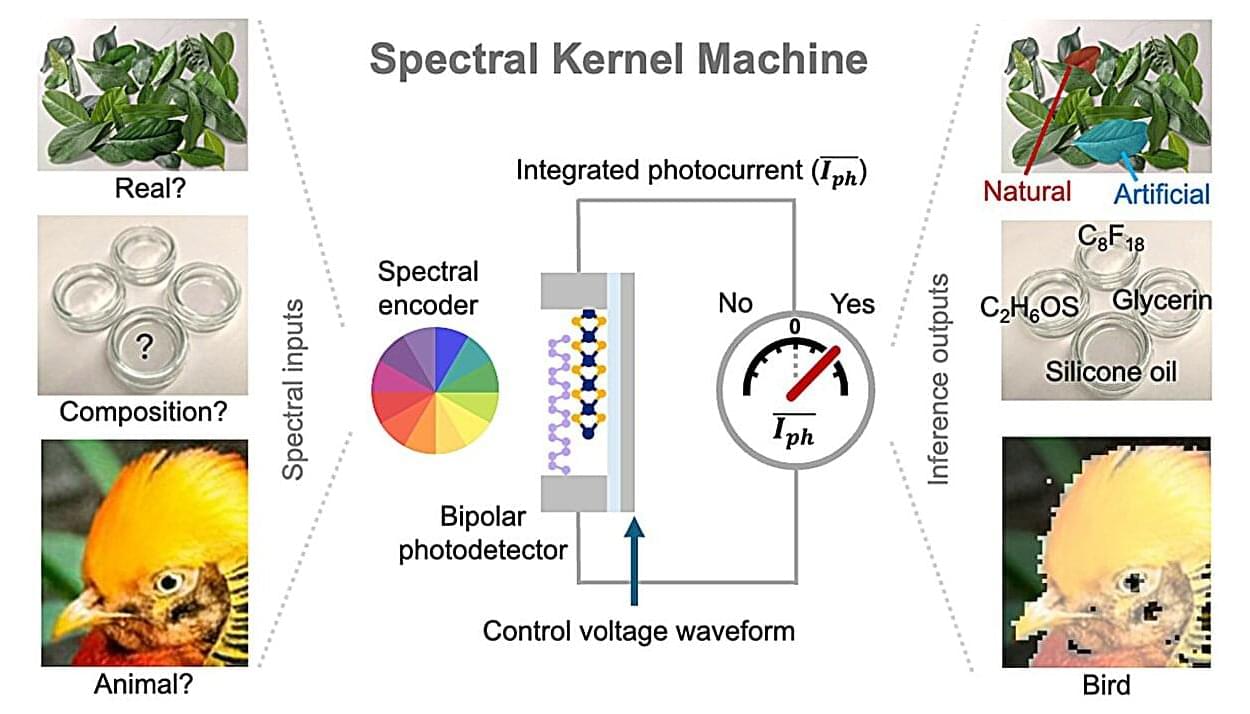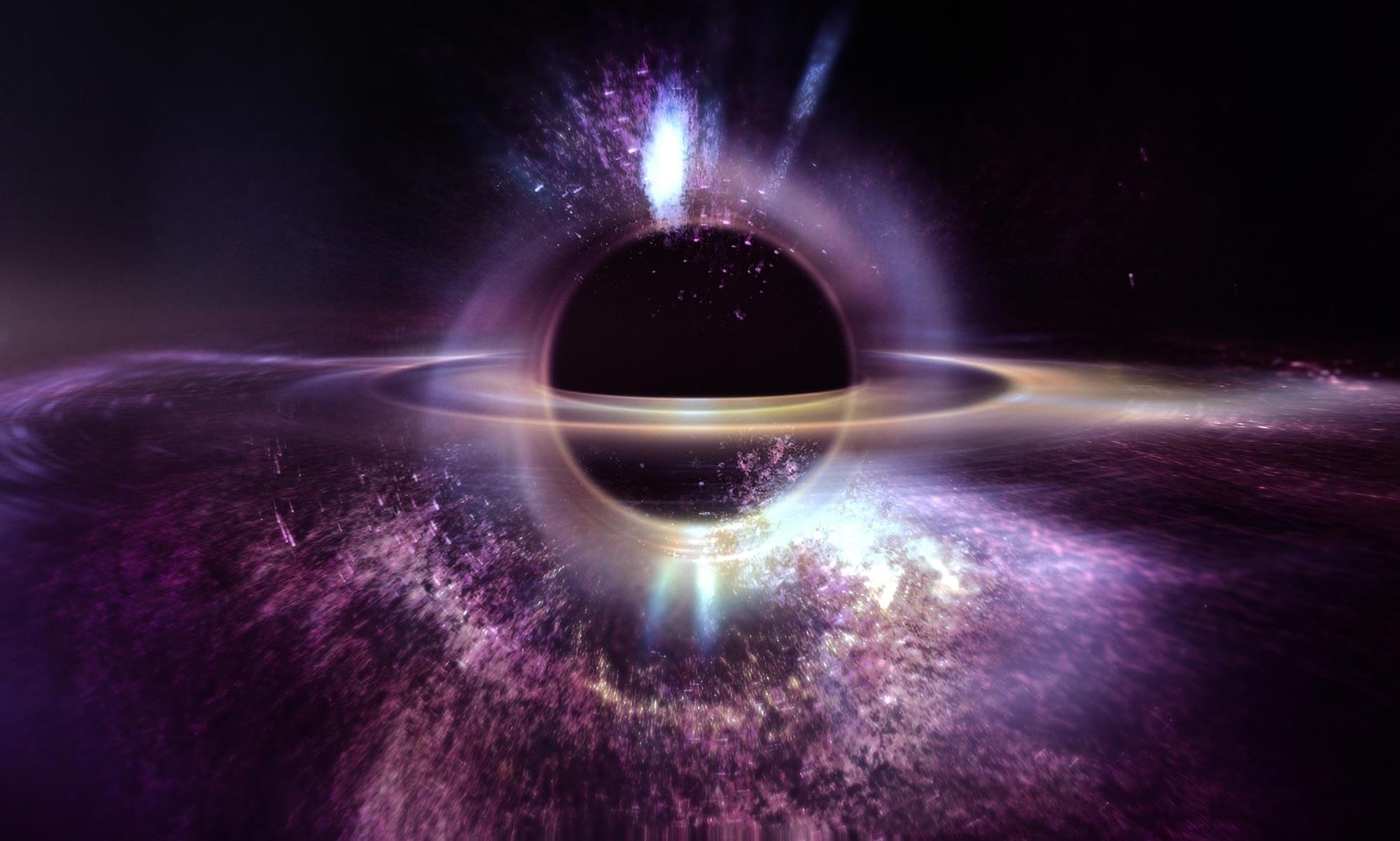When describing collective properties of macroscopic physical systems, microscopic fluctuations are typically averaged out, leaving a description of the typical behavior of the systems. While this simplification has its advantages, it fails to capture the important role of fluctuations that can often influence the dynamics in dramatic manners, as the extreme examples of catastrophic events such as volcanic eruptions and financial market collapse reveal.
On the other hand, studying the dynamics of individual microscopic degrees of freedom comprehensively becomes too cumbersome even when considering systems of a moderate number of particles. To describe the interface between these opposite ends of the scale, stochastic field theories are commonly used to characterize the dynamics of complex systems and the effect of the microscopic fluctuations.
Due to their overwhelming complexity, predicting outcomes by analyzing these fluctuations in living or active matter systems is not possible using traditional methods of physics. Since these systems persistently consume energy, they exhibit dynamical traits that violate the laws of equilibrium thermodynamics, not unrelated to the arrow of time.
